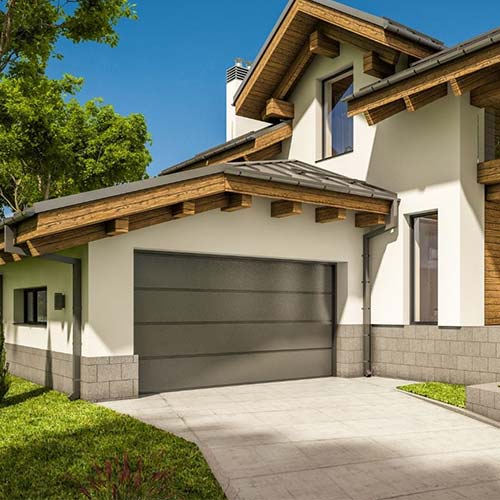How You Can Protect Your Garage from Extremes in the Weather
If you use your garage for more than just a storage space for your vehicle - for instance, doubling as an office, workshop, den, or game room, it’s essential you insulate the garage door. When you properly insulate your garage, you’ll achieve optimized thermal efficiency with maximum air infiltration reduction. Then, in any temperature, your well-insulated garage will provide you with a viable space all year long, so you’ll always be comfortable. You’ll keep as much cold out as possible during winter and as much heat out as possible in summer.
Cold Weather Protection
Even when the temperature drops below freezing during winter, if your garage is winterized, you’ll definitely be saving time and money.
Repair or replace the weatherstripping. Weatherstripping will create an effective seal between the garage door opening and the garage door. If you feel a cold draft leaking into your garage between the garage door frame and the garage door, then take off the existing weatherstripping if you observe that it is brittle or cracked. Scrape off any remaining sealant, using a pry bar or flat scraper and putty knife. Be sure the surface is as clean and even as you can make it. After you completely remove the old weatherstripping, then correctly measure, so you can now apply the new weatherstripping. To align it, close your garage door, making sure that the rubber flap flattens somewhat against it. Ultimately, you’ll have a perfect seal, and your garage door will operate smoothly.
Insulate your garage’s walls. Correct installation of insulation in your garage requires that you study the installation guide closely. Make sure that you choose just the right insulation thickness for the garage walls. Typical mistakes people frequently make are: not securely fastening the batt insulation; not supporting it properly; or cutting it too long or too short for the location. Bear in mind that the insulation must fit snugly; but do not jam it in too tightly.




 (720) 310-1856
(720) 310-1856



